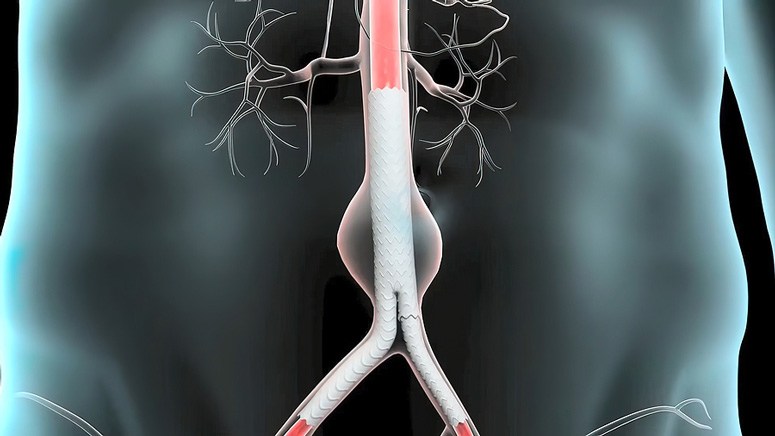What Is Abdominal Aortic Aneurysm?

An abdominal aortic aneurysm (AAA) is an enlargement or swelling in the part of the aorta that extends to your abdomen or belly (abdominal aorta). This swell forms in the area where your aorta wall has grown weak. Normally, your aorta wall is strong and flexible enough to manage the constant pressure of blood your heart pumps out. But there are various factors such as use of tobacco, aging, and certain medical conditions that can weaken your aorta’s wall. When the wall is weak, it is unable to manage the forces of blood flow as well as it should.
As a result, the weakened part of the aorta’s wall expands outward and enlarges. This expansion or swelling continues to increase over time. After careful examination, your healthcare provider will diagnose you with an AAA if a segment of your aorta expands at least 50% of its normal diameter. For many people, this means the bulge is about 3 centimeters (cm) wide.
The large and aneurysm grows, the more tendency it has to burst open (rupture) and cause life-threatening internal bleeding. AAAs becomes a case of severity if it is larger than 5.0 centimeters in people assigned female at birth (AFAB) and 5.5 centimeters in people assigned male at birth (AMAB). The larger they grow, the more dangerous they become m. The condition usually has no symptoms until they rupture or are close to rupturing. Which is why it is important to watch out for the risk of AAA and work with your doctor to manage them.













